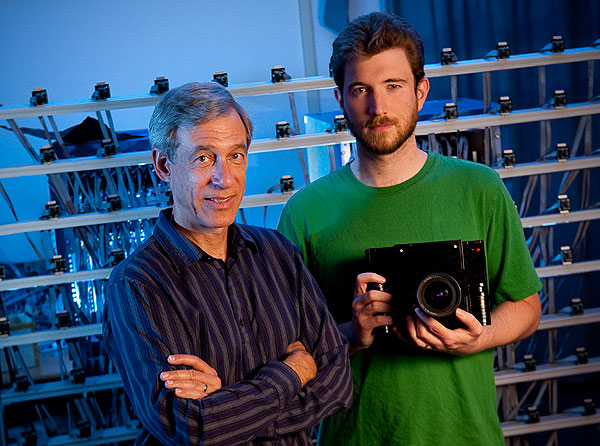Are Open-Source Cameras The Way Of The Future?
Scientists at Stanford are working on an open source camera that could change the world of photography by giving programmers the power to change and add features to a camera via software updates. If the technology catches on, our cameras will no longer be limited by the software that comes pre-installed from the manufacturer.
Nearly all of the features of the “Frankencamera,” including focus, exposure, shutter speed, and flash, are able to be controlled by software. According to Marc Levoy, professor of Computer Science and of Electrical Engineering at Stanford, “The premise of the project is to build a camera that is open source.”
Graduate student Andrew Adams imagines a future where users could download applications to their digital cameras in a similar way as they currently download programs for the iPhone today. All of this could become possible as early as next year if the camera’s operating system is made publicly available. Initially, Levoy plans to develop and manufacture the Frankencamera as a platform that will be available at minimal cost to fellow computational photography researchers.

Marc Levoy, professor of Computer Science and of Electrical Engineering
and graduate student Andrew Adams with the open source camera.
Some of the features that could be enabled by an open source camera include high dynamic range (HDR) capabilities, video enhancement with still photos, and web interaction. Although we’ve seen the beginnings of some HDR features in cameras today, for the most part, HDR is left to post-processing. The process of HDR imaging is to capture pictures of the same scene with different exposures and then to combine the images into a single composite image with each pixel optimally lit.
Researchers have also considered the possibility of enhancing the resolution of videos using high-resolution still photographs. It’s possible that a camera could capture low-resolution video at 30 frames per second and also capture high-resolution still images periodically. The extra information from the still image could then be recombined with the video. Now that would be pretty cool.

